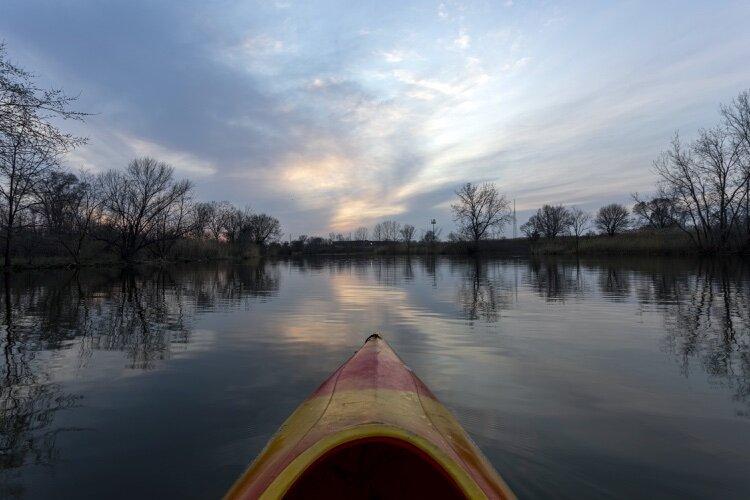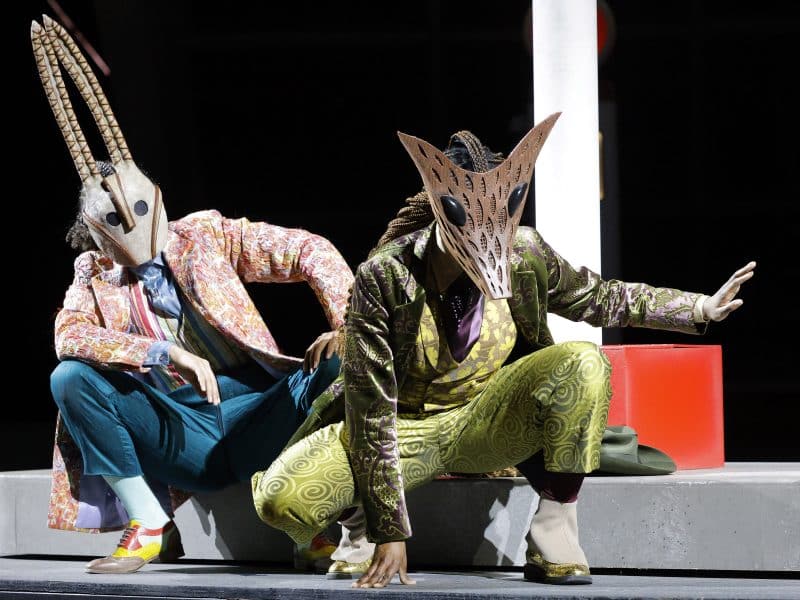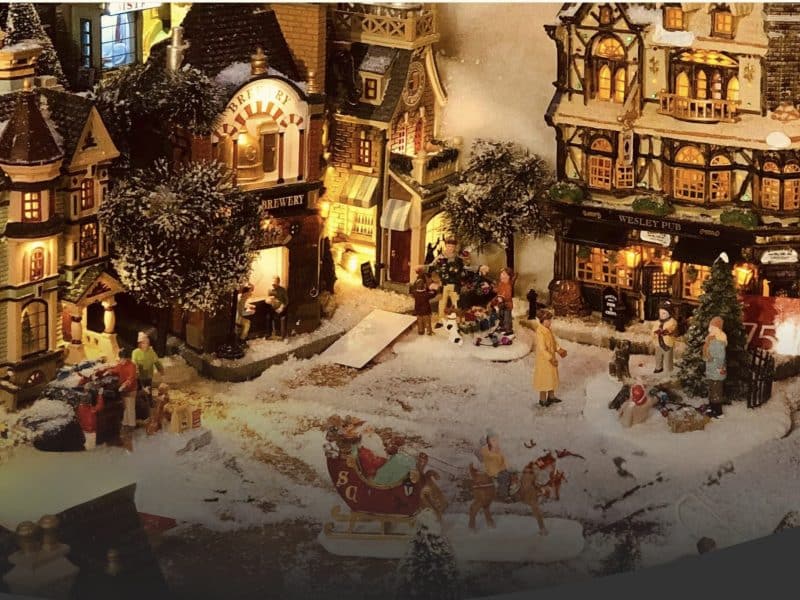Scott Hocking makes site-specific art, though he’s not always specific about where those sites may be.
Welcome to the #modeldexplorerseries, where you can follow some of Detroit’s leaders and icons on Model D’s Instagram and see the city through their eyes.
****
“Still to this day, I have projects that no one knows about. Maybe no one ever will,” says Detroit artist and intrepid explorer Scott Hocking. “Definitely scrappers and graffiti artists might see them, but that’s about it.”
You can find his sculptures and installations in galleries sometimes, sure. Or at least photographs of his work; his photography often acts as an extension of the work itself. But his is an art that should be experienced, to seek out and explore.
“You don’t have to make artwork to be on a pedestal. It doesn’t have to be owned,” Hocking says. “It can be about the feeling you get when you walk into a room.”
Hocking’s site-specific art installations are largely made of found objects unique to wherever it is that he finds himself; abandoned boats, old railroad ties, pieces of vacant buildings left open to the elements. He built a pyramid from more than 6,000 wooden floor blocks inside Detroit’s abandoned Fisher Body Plant 21. When Michigan Central Station was Detroit’s most famous “ruin,” Hocking spent 18 months there, building a giant egg out of sheet marble fragments. The sculpture would eventually be destroyed.
Hocking has exhibited his work in galleries and museums around the world, from Detroit to Paris to Shanghai and back again. And because his site-specific installations utilize local materials, he often spends a decent amount of time at the places where he works.
“When I started working on site, I just loved it that way. You can travel the world, learn about a city and talk to the people there,” he says. “And you’re unlimited in what materials you can work with. I can do this on a tropical island or in the woods or an abandoned factory in Detroit.”
For all of the tropical islands out there, Detroit remains Hocking’s home base. He’s tried to leave before; as a teenager he would make it to California before his car died, sending him back to his hometown of Redford Township. He tried to leave a second time, this time for Seattle, but a car accident wrecked his ride before he even got the chance to leave.
Hocking describes that period as a low point in his life. But through that self-described depression came a moment of clarity. He would soon enroll at the College for Creative Studies, not only setting him on an artist’s path but rooting him to Detroit, a place he’s called home since 1996.
“I never see myself as someone stuck here. In the same way I got signs to stay, like the car accident, I never got the signs to leave. There’s always the chance; maybe one day but there’s no urgency to leave,” Hocking says.
“If the city turns into a suburban hellhole then maybe I’ll leave. But it still has its rough edges and I can get a good cup of coffee now, too.”
Hocking’s work is very much rooted in his sense of place and time. A few years ago, he started a project that found him in a kayak, paddling along Fox Creek and the Detroit River shoreline. He was installing hand-painted signs in places that would only be visible from the water. The signs marked locations of Detroit landmarks that have since disappeared, like old boatyards and bait shops and the Lakeside Trailer Court.
He found that kayaking allowed him to take photographs of Detroit in ways that he never could before, discovering new angles and access points. Wildlife photos were easier to capture, thanks to the quiet of the kayak. When the COVID-19 pandemic struck, Hocking turned to kayaking more and more. “2020 was the year of kayaking,” he says.
Hocking took so many photographs and videos of his kayaking trips that the David Klein Gallery in Detroit would feature a Hocking kayak video in their latest exhibition. Some of that work can be found on Hocking’s Instagram. He recently contributed an ice shanty-inspired installation to a photo exhibition by photographer Amy Sacka at the Dossin Great Lakes Museum. And he’s been in Arkansas, winding down an installation there.
He has so many photographs and stories collected over the years that Hocking has been sharing them on his Instagram account. The popular posts sometimes feature his installations but mostly cover the adventures had along the way. And that could be the point.
“I think my work lends itself to photography because you will never see some of these things without being there. So then I became a photographer to document everything. I don’t have any training. I taught myself,” Hocking says.
“But I do like impermanence. It’s a very liberating thing.”
Check out Scott Hocking’s Model D Explorer Instagram takeover:






